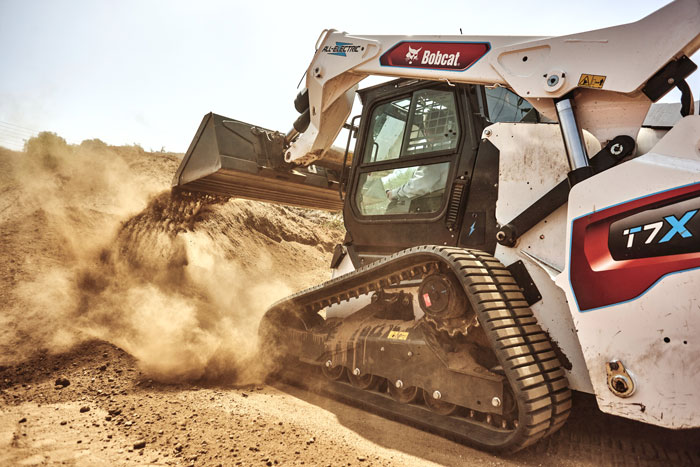As more governments, communities and companies look to improve their carbon footprint, they are finding new ways to do the same work, but without carbon emissions. Manufacturers have stayed ahead of this change, and are developing equipment that replaces combustion-type engines with all-electric engines. If your community has a net-zero emissions goal in mind, look to your grounds fleet to make a big impact.
Q. Our community is aiming for net-zero emissions and is looking to switch out gas-powered grounds equipment for cleaner electric. How should we get started?
A. First, it’s important to plan carefully. Whether you’re relying on diesel or electric equipment, you need to make sure you’re using the right machine for the right job.
With a push across the federal government, many industries, state and local governments and more to reduce emissions and transition away from gas-powered vehicles and equipment, manufacturers have innovated to create all-electric equipment options that can perform just as effectively as their gas-powered counterparts, but without the emissions. You’ll be able to find many machines that will operate just as effectively as the gas-powered equipment you’re used to, but with added benefits.
Not only will your electric equipment help address environmental concerns about carbon emissions, in many cases it will also be more flexible than your gas-powered equipment. For example, because it is emission-free, electric equipment can be used indoors as well as out. In addition, it makes it much easier to work in areas with noise ordinances. While this is especially useful for crews doing their work after daylight hours, it also will help preserve a more pleasant environment for visitors to your parks and sites.
Your ground staff will also be grateful once you make the switch as new all-electric equipment features far less vibration than gas-powered equipment. Add in ergonomic controls, and equipment operators will experience less fatigue as they tackle their workday.
The one thing to be aware of as you make the switch is your need for attachments. Electric equipment might not be compatible with your existing hydraulic attachments, so be sure to talk with your manufacturer about your needs.
Q. We’re planning to replace our gas-powered grounds equipment for all-electric equipment, but we’re concerned about power. What should we know about keeping our equipment charged and ready for use?
A. It’s important to develop a strategy for recharging your equipment. You don’t want your grounds crew to be stuck in the field with no power and no ability to recharge. Determine in advance if you will return equipment to a central location at consistent intervals to recharge. Alternately, you may need to implement a field-charging solution.
Be sure you talk to your manufacturer about your recharging needs. You might need to update your grounds crew’s headquarters with correct charging capabilities, so you’ll want to be sure you include this in your budget.
Q. The maintenance requirements of our gas-powered equipment are using up a lot of manpower. Will switching our grounds equipment to all-electric help reduce maintenance requirements?
A. The short answer is yes. Electric equipment can cut down significantly on your maintenance needs. These machines have 50% fewer components and virtually no fluids, which means they need far less daily maintenance than their diesel counterparts, freeing up your maintenance staff to address more important issues.
Q. What else should we consider?
A. Besides the dramatic reduction in maintenance requirements and savings in terms of fuel costs, all-electric equipment can also help pay for itself when you take advantage of incentives. Local and federal government entities may offer incentive and rebate programs that will lower the cost of your electric equipment. Be sure to ask your equipment dealer how you can take advantage of these programs.
For More Information
Bobcat Company
866-823-7898
www.bobcat.com



